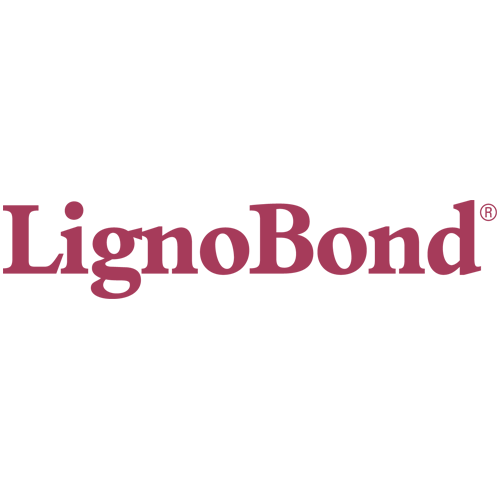LignoBond
LignoBond® are sustainable, high-performance, cost-effective pellet binders made from lignin.
LignoBond products are effective in a wide range of feeds, and especially in formulations with high levels of fibre or fat. They will enable absorption of steam and improve starch gelatinisation, which in turn result in high durability and improved hardness of your pellets and cubes. LignoBond are also ideal for pressed feed blocks and different types of biomass pellets.
LignoBond products are 100% lignosulfonates. Because lignosulfonate is a soluble fibre of plant origin, the products also have a prebiotic effect. However, the most significant nutritional benefit from using LignoBond continues to be the products' ability to improve pellet durability, reduce fines, and prevent segregation of the feed.
LignoBond are available for customers in Europe, Middle East, Africa, Asia and South America.
For feed producers in the USA, Canada and Mexico: please visit the Ameri-Bond 2X page.
Field trials
LignoBond DD improves pellet quality of dairy feed
This pelleting trial shows how pellet durability was improved by adding LignoBond DD to a dairy ration in brazil.
LignoBond DD on ruminant feed
The purpose of this trial in scandinavia was to use LignoBond DD to improve quality, measured as % pellet durability index (pdi) of a ruminant feed recipe.
Pelleting trial conditioning temperatures
This trial shows that Ameri-Bond 2X and LignoBond DD are effective also at low conditioning temperatures
More on pelleting aids
Your guide to pelleting
Pelleting is the process of converting finely ground mash feed into dense, free flowing pellets or capsules. in this in-depth article we look at the art and science of pelleting. learn how the industry started, how pellets are made, and what ingredients and aids you need to produce high quality pellets.
How different types of starch can influence pelleting
Next to protein, starch is one of the primary ingredients used in animal feed. however, starches from different sources offer a range of functional properties that need to be considered. not only from a nutritional perspective but also from a technological aspect.
Segregation of fines
Fines segregation can be particularly bad when liquids such as fat and enzymes are applied post-pelleting because a higher percentage will be absorbed by the fines. also, minerals tend to bind poorly to feed and may make up a greater proportion of the fines.
Importance of pellet quality
Modern birds grow faster when pellet quality is good. they spend less time eating and more time resting. quality pellets also prevent segregation and allow the birds to get the nutritional package that is designed for them.
Testing pellet quality
Borregaard recommends the new holmen pellet tester, as it provides a more rigorous test and accurately predicts the degradation that pellets experience during transport and handling.
Feed pellet quality factor
It is well known that various raw materials have a different effect both on pellet quality and throughput. therefore, changes in formulations might dictate adjustments in operating conditions, like steam pressure, meal temperature, energy input, inclusion of pellet binders etc.

